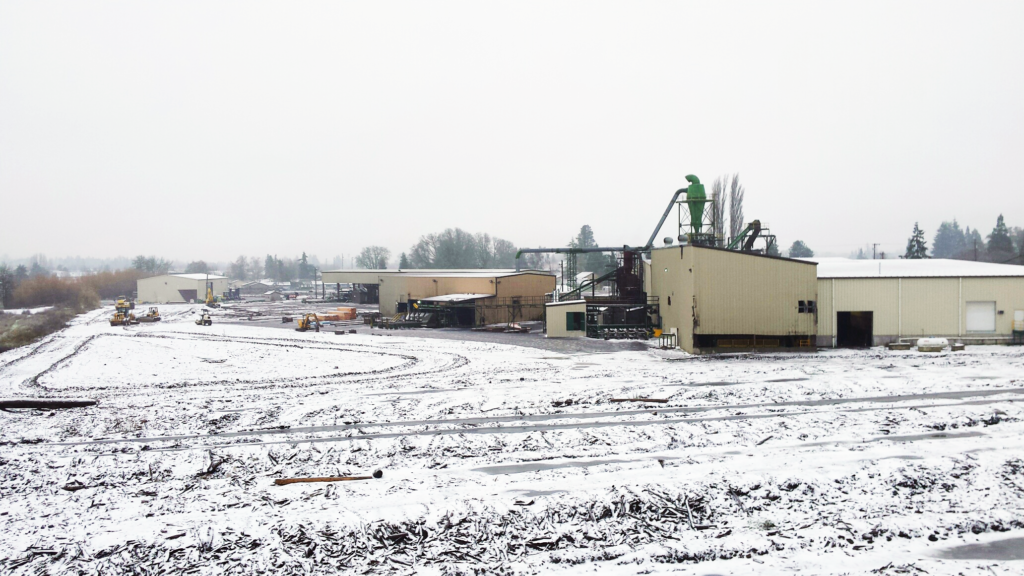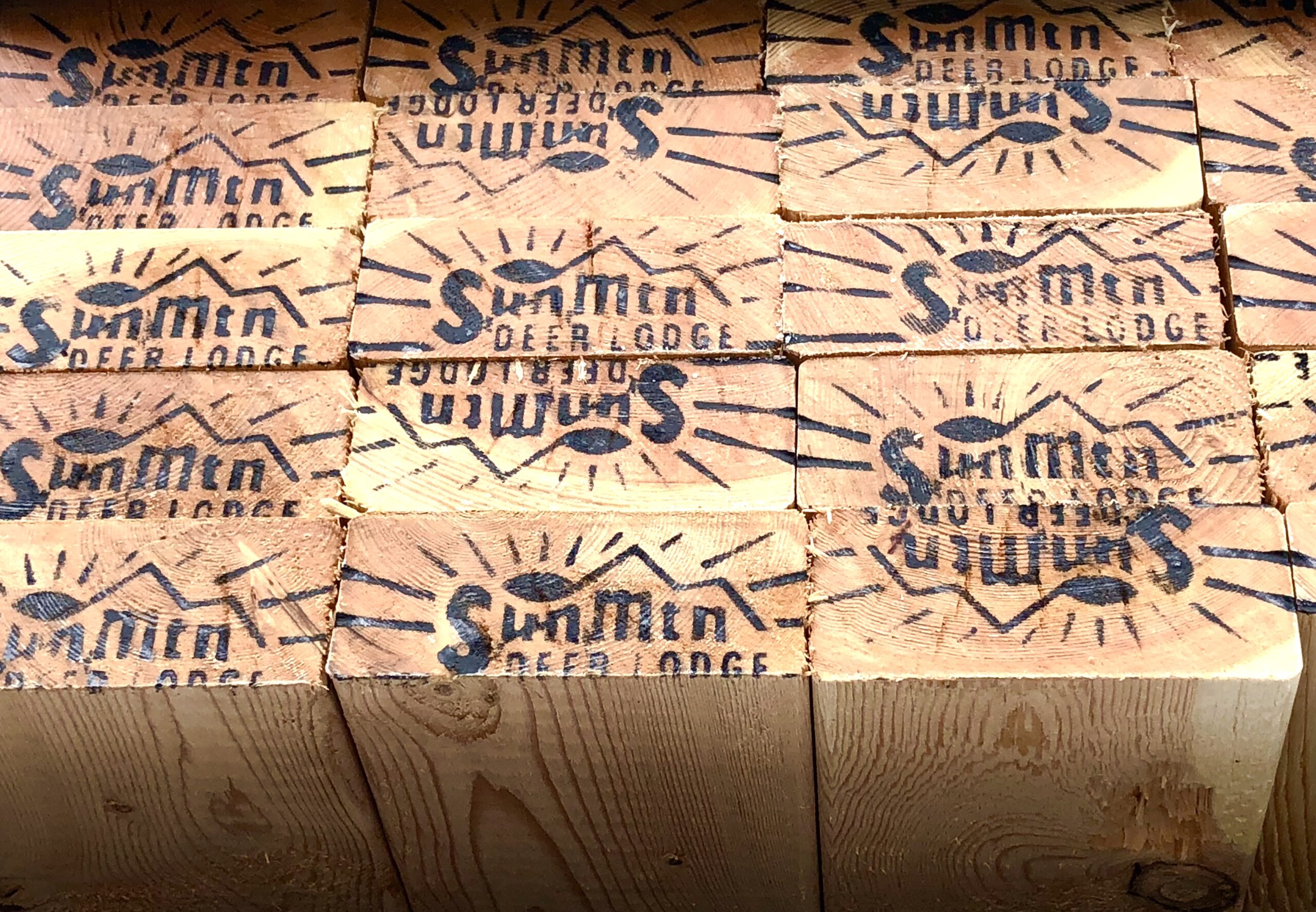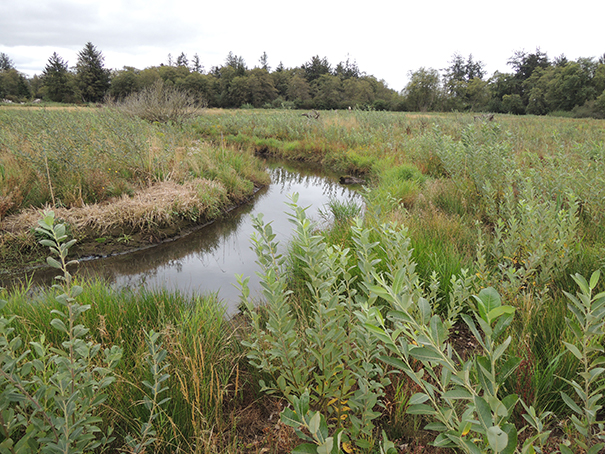As 2019 comes to a close, optimism is running high at Hampton. On the sales side, we’ve had a lot of inquiries and potential lumber orders from customers for next spring. In addition, we’ve just entered into an exciting new sales agreement with green veneer and peeler core producer, Ironwood, LLC. Our sawmill family also grew this year with the purchase of the timber license and sawmill assets in Fort St. James, BC. Special thanks to our finance, legal, and Burns Lake leadership teams for making this acquisition possible. While the BC forest sector has struggled in recent years, we believe we can access important markets that will keep this new mill and our current operations in Burns Lake competitive and sustainable. This new facility, Fort St. James Forest Products, should be operational sometime in 2022. While getting this new mill up and running will be a big lift, we haven’t lost sight of the importance of our existing operations, investing over $20 million in sawmill improvement in 2019.
Now entering its fourth year, Hampton’s Continuous Improvement Program (HCI), led by Denise Lanz has improved our product quality and made our operations more efficient. We have dramatically reduced the time-loss safety incidents at our sawmills as well as log and lumber inventories across the company and improved the bottom line of our sawmills by over $15/mbf. Our focus on lean manufacturing and continuous improvement will always be a key part of our business model, which will keep Hampton competitive and dynamic long into the future.
Safety and wellness have been another big priority for Hampton this past year. Our wellness program, with help from Elizabeth Hampton is in full swing, promoting the health and wellbeing of our employees through education, wellness fairs, and fitness initiatives. Many of us have New Year’s resolutions to improve our personal health – finding new ways to achieve these goals is critical for success.
While there wasn’t much in the way of forestland up for sale in 2019, our resources team was successful in acquiring a small tract near Darrington and another near Willamina, bringing our total holdings to almost 150,000 acres in Oregon and Washington. We’ve also expanded on ways to reach the public and introduce Hampton and working forests to new audiences. This past September, Hampton Family Forests hosted its first dance performance in the woods, which featured Jamey Hampton and his BodyVox team at our Big Creek Forest outside of Astoria, OR. With more than 60 people in attendance—some coming all the way from Portland—the event was a great success and one we hope to replicate in 2020.
In Oregon, the Governor’s Wildfire Council came back with a number of recommendations for reducing the risk of catastrophic megafires. We hope these recommendations will spur the state toward more proactive forest management to reduce fuel loads and create more resilient public forests in the years to come. A key part of our fight against climate change should revolve around forest health and the use of sustainable wood building materials over alternatives such as steel and concrete.
2019 brought three huge victories for Oregon’s rural timber-dependent counties. First, at the federal level, a judge ruled in favor of the Association of O&C Counties in a lawsuit they brought against the Bureau of Land Management (BLM) over insufficient harvests on 2.1 million acres known as the O&C lands. Soon after, a Linn County jury awarded 14 counties $1 billion in damages due to mismanagement and reductions in harvest levels on state forests. Both verdicts will likely be appealed, but the decisions reaffirm what counties have long known—that state and federal governments have unfairly elected to manage these lands to favor other priorities and other stakeholders at the expense of the rural communities that surround these forests. We hope these decisions will prompt a much needed conversation about how public forests are managed and what a more reliable, sustainable supply of timber will do for family-wage jobs, wood manufacturing, and rural public services in the state. In addition to legal decisions, this year, a new grassroots group, Timber Unity has mobilized and amplified the voices of rural communities, particularly around forest management, and succeeded in raising awareness about the economic realities in rural communities across the state.
In Washington our work with federal forest collaboratives is paying off with new partnerships, harvest projects and educational opportunities that we hope will eventually lead to more sustainable harvests on the federal forests surrounding our Darrington and Cowlitz mills.
The only black clouds on the horizon are the potential ballot initiatives introduced by anti-forestry groups in Oregon for the 2020 election. While the ballot titles may sound appealing, the effect would be to throw out years of scientific research and institute restrictive new forest practices that could reduce our harvestable acreage by 15%-25%. If these measures were to pass, the effect on our sawmills and rural communities would be devastating, so you can expect to hear more about this issue in the coming months.
In 2020, we will design the new mill in Fort St. James and continue to invest in our existing sawmills. We will also invest additional resources in HCI, driving our improvement efforts to real-time, mill-level process improvements. Our HLS and Trapa sales teams will expand our product offerings and enter new global markets. We will also enhance and expand on our community engagement efforts, establishing new lines of communication with communities near our forestlands. In the U.S. we will continue to advocate for increased sustainable harvests off of our state and federal forestlands to provide reliable supply for our mills.
2020 should prove to be a busy and productive year for the forest sector. I’m so proud of what Hampton has been able to achieve this past year and look forward to what’s to come!
Thank you all for making 2019 a great year! Have a safe and happy New Year!
Steve Zika, CEO



